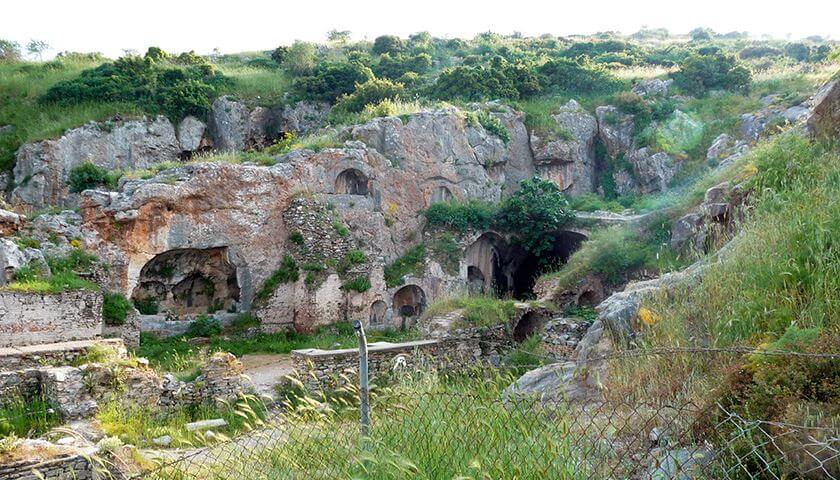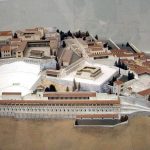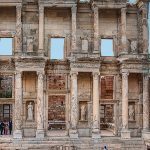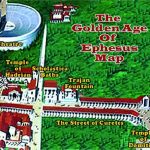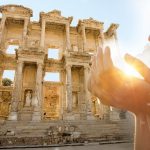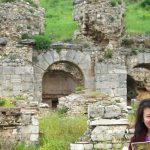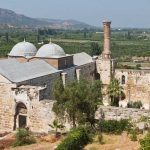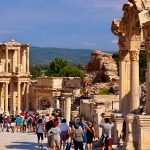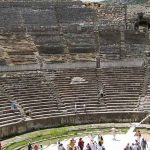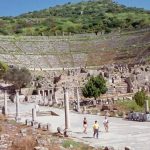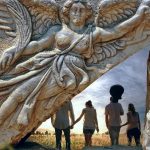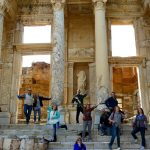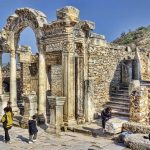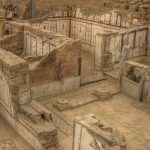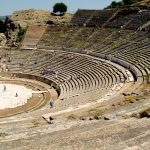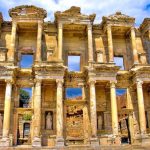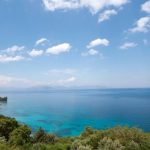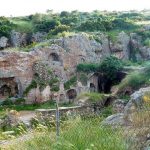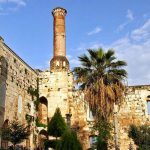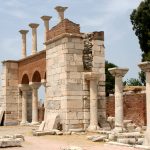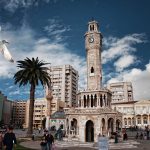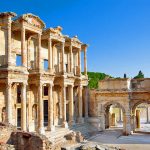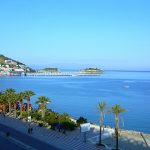Ancient Ephesus of Turkey Aegean Coastline – Chapter 6
St. John Church: According to an interesting story of the saints, St. Jean had lived (200 A.C.), died, and been buried here on this hill. Initially, the grave was assigned by a monument in a church with the wooden roof in the fourth century A.C. One century later (527-565 A.C) Justinian set up a basilica here, whose dome is been keeping even now. The entrance to the cross-shaped building was through a yard, called Atrium, in the west and through an outer gallery and from here along the Street leading to church area in the east.
STADION GATE: The station was the area where all kinds of fights, ceremonies, games, athletics, and cart races took place. The seats for audiences at the Southern side were built on the side of Mount Pion (Panayır Mountain). The se¬ats at the north were set on a basic building with arches. Till now only the western part of the station is been excavated. Noticed from the column bases on the ground, the entrance to the station was through the gate with arch, which can be seen in the picture. The written tables State that the station was built by Emperor Nero (54-69 A.C.).
GREAT THEATRE: The greatest and most effective building, which is not pulled down in Ephesus, is the great theater. The outlook of that marble building, with seats for audiences of 145 m in width and 30 m in height, should be very magnificent and impressions in Roman Age. Later Emperor Claudius (41-54 A.C.) its diameter is enlarged, but the construction was completed by Emperor Trajan (98-117 A.C). The first two floors behind the stage were built by Emperor Nero (58-68 A.C.), the third floor was added probably in 2 nd century A.C. The auditorium had a capacity of 24 000 people. The stage was 25×40 m and the auditorium was reaching 30 m height at the orchestra chamber.

